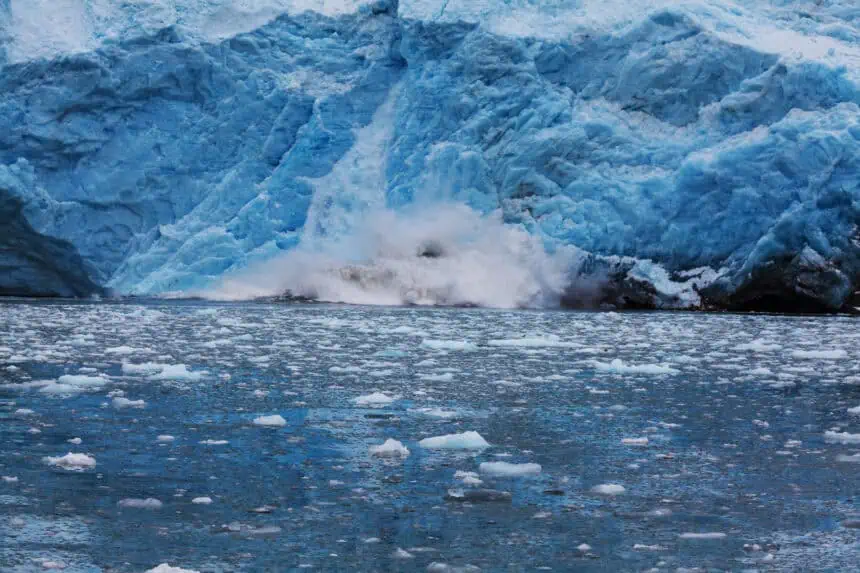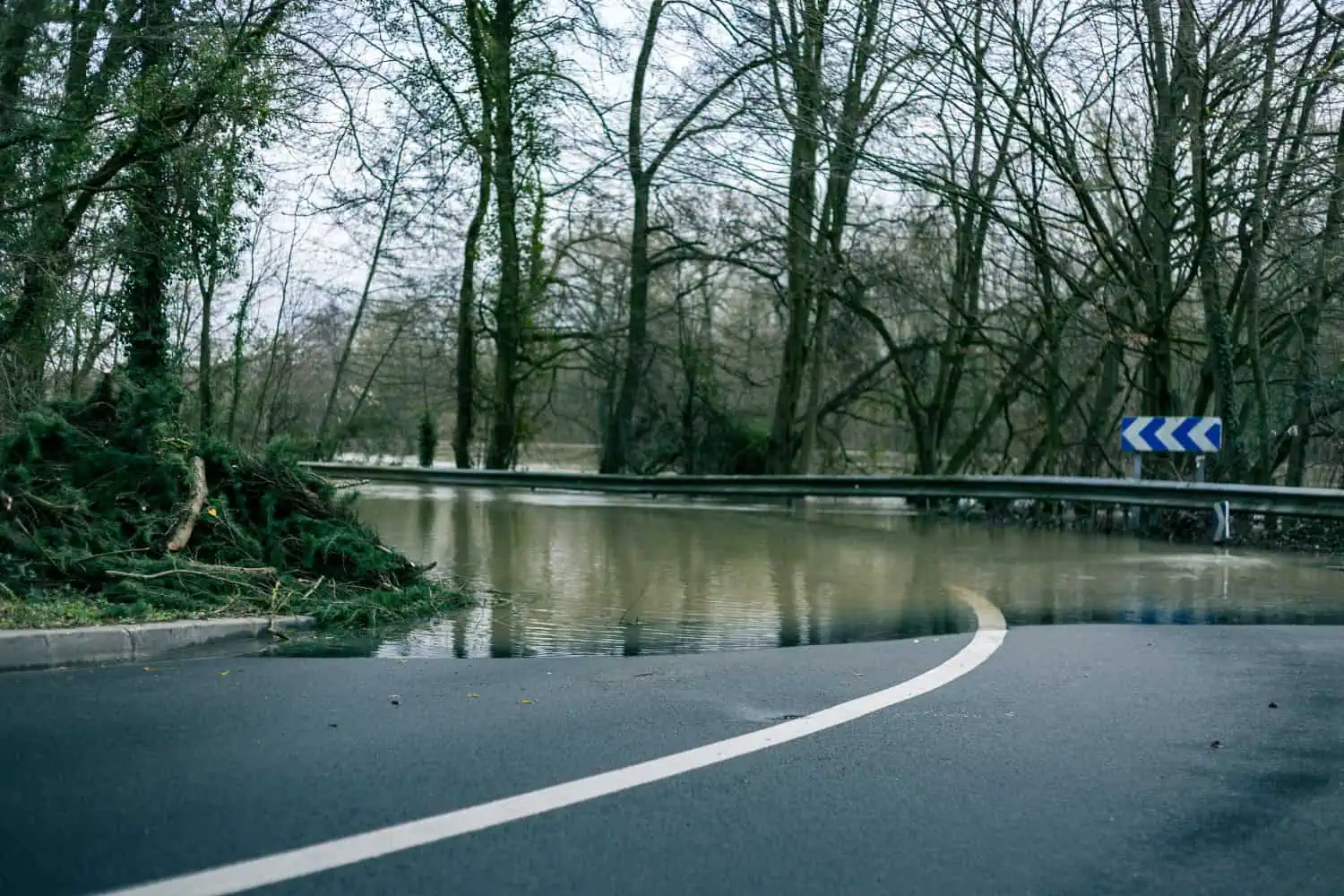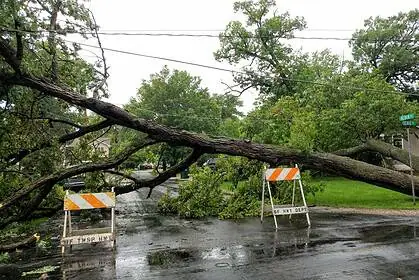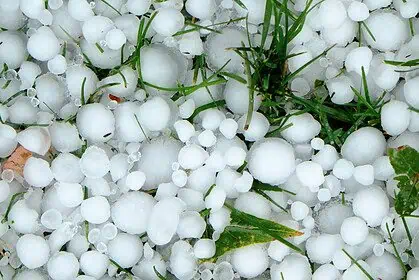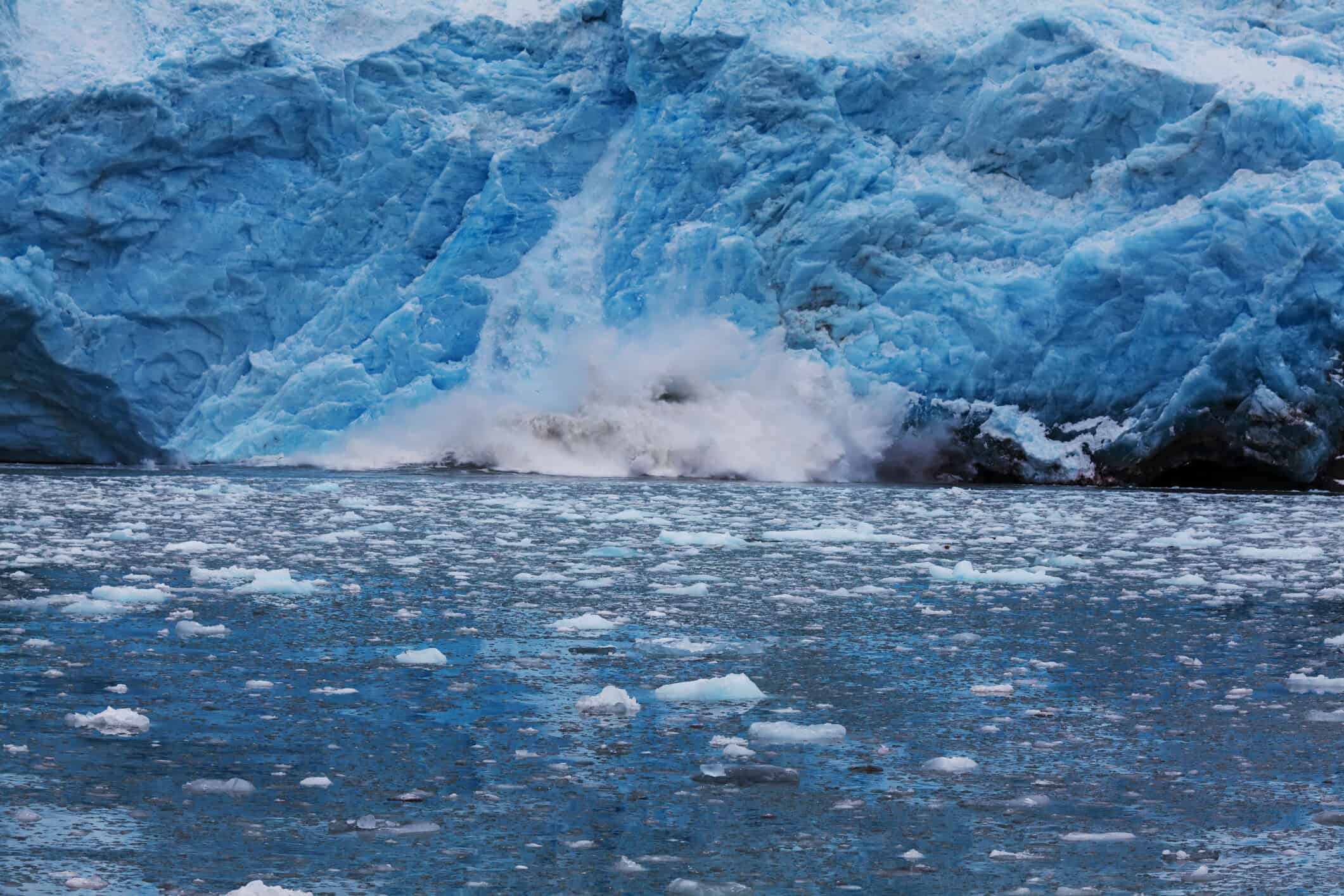
Fairbanks, in the heart of Interior Alaska, has just marked an extraordinary milestone: the first-ever official heat advisory issued in the state’s history. On a glowing summer evening under nearly 22 hours of daylight, Ciara Santiago, meteorologist at the National Weather Service, witnessed temperatures climb toward the mid-80s Fahrenheit (around 29°C), pushing the boundaries of what Alaskans are prepared to endure.
Heat advisory launched for the first time in Alaska
Until June 2025, issuing a heat advisory in Alaska was simply not an option. Unlike other U.S. states where high temperatures are a seasonal norm, Fairbanks, located just 120 miles south of the Arctic Circle, has historically battled bitter cold, not heat waves. Santiago explained that the addition of this alert to the state’s weather toolkit allows for more precise communication of new, fast-emerging risks.
This alert may seem bureaucratic on the surface, but for a region where homes lack air conditioning, and permafrost has traditionally defined the climate infrastructure, it signals a dramatic shift in environmental norms. While the average June high in Fairbanks usually sits in the low 70s°F (around 21°C), forecasts this week warned of temperatures soaring to 87°F or 89°F (about 31°C or 32°C), with isolated peaks of 90°F (32.2°C), especially in the Yukon Flats.
Why this heat feels more extreme than the numbers show
As Santiago pointed out, residents of the Lower 48 may shrug off these numbers, but the sensation in Alaska is amplified by geography and infrastructure. The constant daylight during the approach to the summer solstice prevents meaningful overnight cooling, allowing daytime heat to persist indoors. Homes in Fairbanks, built for subzero winters, trap warmth with thick insulation, transforming into heat boxes during warm spells.
This makes even moderate heat intensely oppressive, much like the tragic precedent in Europe during the 2003 heatwave, where homes designed for cold led to 35,000 heat-related deaths.
Sudden temperature swings and biological risks
Beyond infrastructure, physiological adaptation to sudden heat poses another risk. People acclimatized to colder climates need one to two weeks of steady exposure to high heat to adjust safely. Sweating patterns, blood circulation, and heart efficiency all change slowly, making Alaskans more vulnerable to rapid temperature spikes. For example, Santiago, originally from Texas, noted how she used to bundle up at 50°F (10°C), but now finds herself wearing summer clothes in that range — a reflection of how climate and biology have intersected in surprising ways.
Staff cuts strain Alaska’s ability to respond
Alaska’s growing exposure to heat-related hazards coincides with troubling reductions in federal capacity. Under Trump-era staffing cuts, National Weather Service offices, including Fairbanks, lost over 560 personnel, amounting to nearly one-third of the national staff. As a direct consequence, the Fairbanks office is no longer able to provide overnight forecasting operations, just as heat, drought, and fire season begin to intensify.
The warning comes on the heels of a low-snow winter and early melt, fueling concerns about a dangerous fire season. Meanwhile, firefighting units — especially those managed federally in Alaska — are also feeling the pinch, with staffing shortages threatening both preparedness and response. As California’s Governor Newsom recruits additional firefighters, Alaska’s remote and federal-dependent forces raise new questions about how prepared the region is to handle a changing climate.

